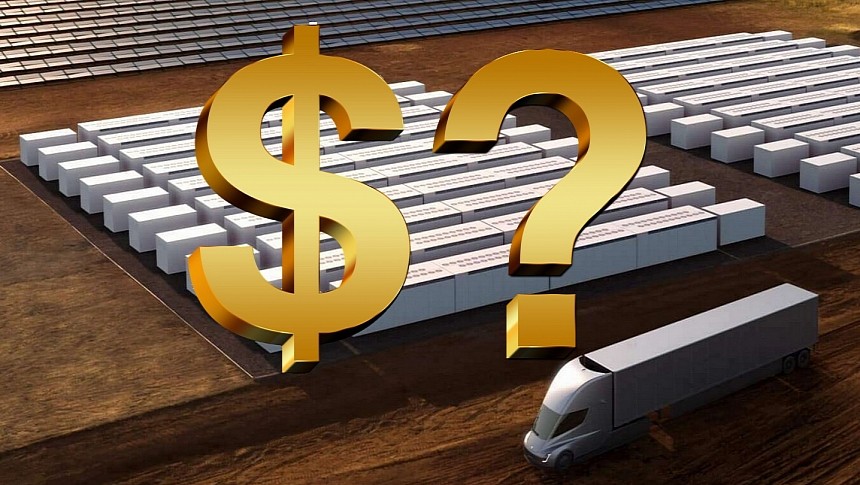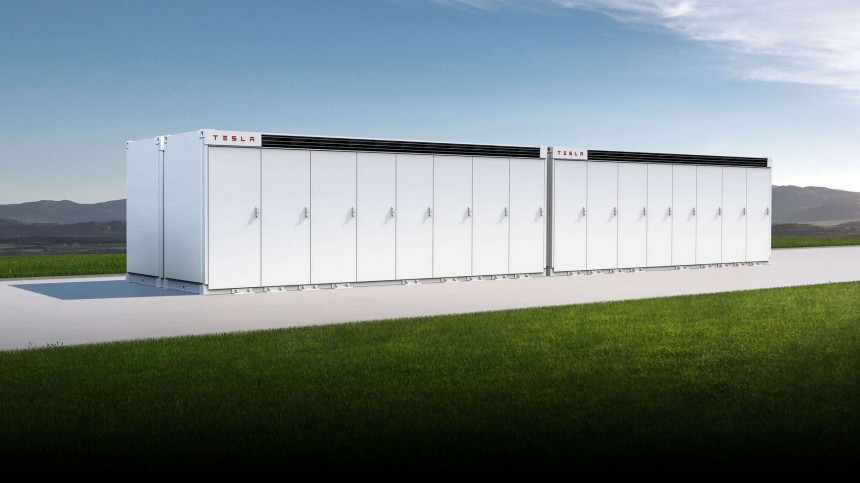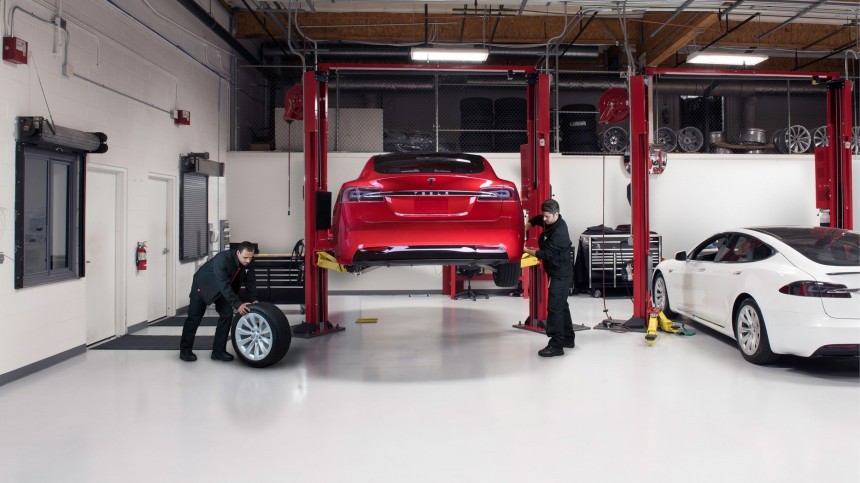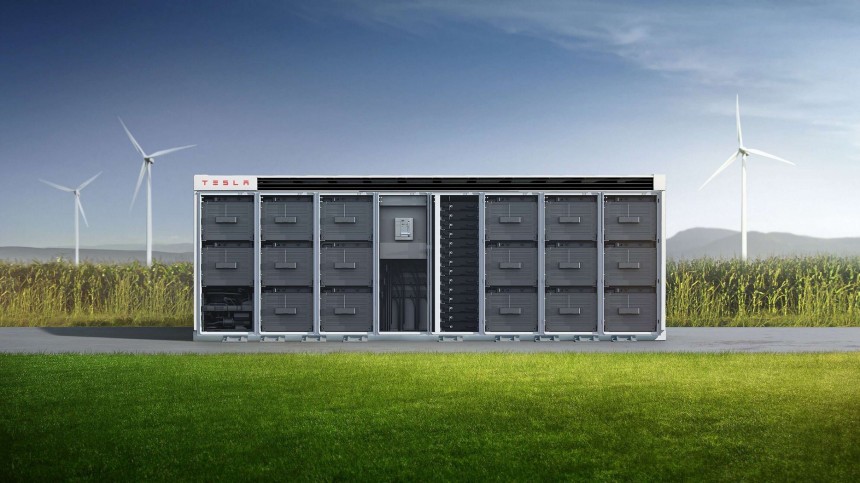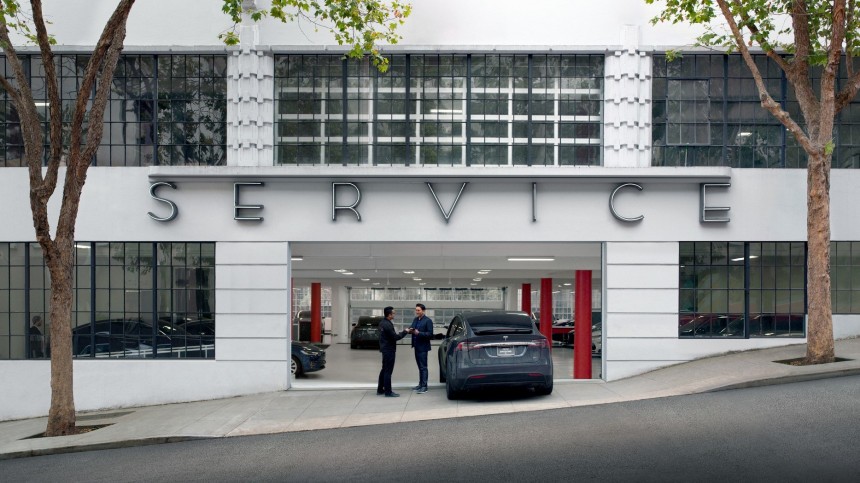In this Tesla Profits series, I have already shown how much money the battery electric vehicle (BEV) maker lost with its discounts. In an unrealistically beneficial calculation, it was $7.77 billion. The first hypothesis the company's advocates use to justify the price cuts was debunked in my second story: production cost cuts only saved $666 million. Now it is time to examine the second theory that tries to justify the discounts: that the Energy and Services branches of the business make enough money to allow them.
Unlike my other texts about this theme, this hypothesis is a lot easier to check. In Q3 2022, the total revenue for Energy (which comprises generation and storage) was $1.117 billion. Services earned $1.645 billion, leading to $2.762 billion in total revenues. One year and several price cuts later, the Energy and Services branches made $3.725 billion in their joint effort. That's a $963 million difference in that quarter alone. However, we should compare the revenue results from each quarter to Q3 2022's to see the cumulative additional revenue (not profits) the BEV maker obtained until Q3 2023.
I've decided to use Q3 2022 as the reference because it allows a direct juxtaposition with Q3 2023, but let me tell you: I know it is not correct. A proper comparison should take the Q4 2022 results and match them with the following quarters because the discounts started in January 2023. Although that could create a distortion that would invalidate the numbers, I decided once again to be unrealistically conservative to be as fair as possible with Tesla. Now that you know that, let's move ahead.
In Q4 2022, Energy had a revenue of $1.31 billion, while Services received $1.701 billion. That's $3.011 billion in total, which delivers a revenue increase of $249 million compared to the $2.762 billion in Q3 2022. Q1 2023 gave the Energy branch a revenue of $1.529 billion. Services earned $1.837 billion, leading to a total of $3.366 billion. If you subtract the Q3 2022 result from it, you get $604 million.
Tesla said it got $1.509 billion for its Energy operations in Q2 2023. The Services division made $2.15 billion more, generating a total revenue of $3.659 billion. Compared to the Q3 2022 revenues, they are $897 million higher. Finally, the latest update from Tesla revealed that Energy made $1.559 billion and that Services reached $2.166 billion in revenues. The total of $3.725 billion represents a $963 million plus compared to the money influx in the same quarter from 2022. That said, we're talking about a $2.713 billion revenue increase from Q3 2022 until Q3 2023.
The deal is that this is the total amount of money Tesla earned with these two branches, not the profits they generated. To calculate that, we need the cost of revenues for Energy and Services. Luckily, we also have them.
I'll cut to the chase and tell you only which the profits were in each quarter. In Q3 2023, these two divisions made $170 million. In Q4 2022, the number was $255 million. When the discounts started, in Q1 2023, Energy and Services made $303 million. In Q2 2023, that improved to $444 million. Finally, Q3 2023 showed profits of $510 million, for a total of $1.682 billion in these five quarters.
Although we now have these figures, let's suppose the gross revenues were pure profits. As I said at the beginning of this text, Tesla waved goodbye to at least $7.77 billion with discounts on its cars. I've calculated that amount by applying the lowest price cut it gave compared to its BEVs' price tags in late 2022, as if it was used for all vehicles it delivered in each quarter.
Use the revenue increase of $2.713 billion to ease the minimum $7.77 billion Tesla lost with its price cuts, and the BEV maker will still be short of $5.061 billion. Take the $666 million that production cost cuts helped it save, and the financial hole will be reduced to $4.395 billion. What about the profits per car that Nikkei Asia calculated in Q3 2022? They were achieved prior to the discounts, as I already mentioned. The losses based on the price cuts were obtained starting in Q1 2023.
In that quarter – and applying the calculation method I already described – the company would have given up on earning $1.69 billion. Yet, it said it had $2.513 billion in profits, only $1.174 billion less than in Q4 2022. The apparently small difference between $1.69 billion and $1.174 billion is not accurate. Let me stress that the former is the amount I calculated by being impossibly conservative: Tesla certainly lost more than that, considering the higher price cuts several derivatives had.
In Q2 2023, the losses were $3.146 billion – also using the extra conservative mode. Tesla said it made $2.704 billion in profits, or $190 million more than in Q1 2023. It does not add up, and it gets worse in Q3 2023. In the last quarter, Tesla gave up on $2.936 billion (at the very least) with its discounts and still claimed it made $1.853 billion in gains. Not even the carbon credits of $554 million explain that.
As you can see, we do not even have to refer to the actual profits Tesla obtained from its Energy and Services divisions when even the gross revenues do not sustain the idea that these branches allowed the discounts. On the other hand, their profits expose even more how impossible the numbers are.
If Energy and Services truly made $303 million in gross profits in Q1 2023, that means that the automotive division should still have earned $2.210 billion on its own. Remove the $521 million from regulatory credits, and car sales should have still delivered $1.689 billion in net income all by themselves. Remember that Tesla would have lost $1.69 billion if all the derivatives it sells had faced a $4,000 discount? That was the minimum price cut in that quarter, which means it did not earn much more money than that. How could the automotive division have any profit in such conditions?
In Q2 2023, Tesla numbers suggest Energy and Services helped the company with gross profits of $444 million. That leaves the automotive branch as the sole source of $2.259 billion, of which $282 million are carbon credits. That said, the BEV division would have made $1.977 billion when Tesla decided to leave $3.146 billion out of its pockets through a minimum discount of $6,750 for all cars it delivered. Again, the price cuts were higher, which means the BEV maker lost more money than that. No profits are possible in such a landscape.
The situation is not different in Q3 2023. Energy and Services delivered $510 million, and regulatory credits contributed $554 million more. Discount them from the $1.853 billion net income; the automotive branch is supposed to respond for $789 million. Well, Tesla decided not to earn at least $6,750 for each car it sold that quarter, leading to a waiver of $2.936 billion through discounts. Either the net income numbers are wrong, or the cost of goods sold (COGS) that the company disclosed is too high. The BEV maker is definitely not in a comfortable position to ignore making more money. It would do that if it kept the same prices it had by the end of 2022. Other automakers have made them higher.
Tesla claims to have unlimited demand for its limited lineup. That is frequently the argument companies use to raise prices and earn more money for the vehicles everybody wants to buy, not the other way around. On top of that, that gives companies time either to increase production or to restrict it to volumes they can cope with. The BEV maker's problem is right the opposite: it can make many more vehicles than it currently manages to sell. Tesla disclosed that it can now produce 2.3 million cars per year. Yet, it is struggling to deliver 1.8 million in 2023. That could explain the discounts, but not to the extent Tesla is performing them. That said, what are the reasons for the company to follow this strategy? That's what my last story on the Tesla Profits series wants to discuss.
I've decided to use Q3 2022 as the reference because it allows a direct juxtaposition with Q3 2023, but let me tell you: I know it is not correct. A proper comparison should take the Q4 2022 results and match them with the following quarters because the discounts started in January 2023. Although that could create a distortion that would invalidate the numbers, I decided once again to be unrealistically conservative to be as fair as possible with Tesla. Now that you know that, let's move ahead.
In Q4 2022, Energy had a revenue of $1.31 billion, while Services received $1.701 billion. That's $3.011 billion in total, which delivers a revenue increase of $249 million compared to the $2.762 billion in Q3 2022. Q1 2023 gave the Energy branch a revenue of $1.529 billion. Services earned $1.837 billion, leading to a total of $3.366 billion. If you subtract the Q3 2022 result from it, you get $604 million.
The deal is that this is the total amount of money Tesla earned with these two branches, not the profits they generated. To calculate that, we need the cost of revenues for Energy and Services. Luckily, we also have them.
I'll cut to the chase and tell you only which the profits were in each quarter. In Q3 2023, these two divisions made $170 million. In Q4 2022, the number was $255 million. When the discounts started, in Q1 2023, Energy and Services made $303 million. In Q2 2023, that improved to $444 million. Finally, Q3 2023 showed profits of $510 million, for a total of $1.682 billion in these five quarters.
Use the revenue increase of $2.713 billion to ease the minimum $7.77 billion Tesla lost with its price cuts, and the BEV maker will still be short of $5.061 billion. Take the $666 million that production cost cuts helped it save, and the financial hole will be reduced to $4.395 billion. What about the profits per car that Nikkei Asia calculated in Q3 2022? They were achieved prior to the discounts, as I already mentioned. The losses based on the price cuts were obtained starting in Q1 2023.
In that quarter – and applying the calculation method I already described – the company would have given up on earning $1.69 billion. Yet, it said it had $2.513 billion in profits, only $1.174 billion less than in Q4 2022. The apparently small difference between $1.69 billion and $1.174 billion is not accurate. Let me stress that the former is the amount I calculated by being impossibly conservative: Tesla certainly lost more than that, considering the higher price cuts several derivatives had.
As you can see, we do not even have to refer to the actual profits Tesla obtained from its Energy and Services divisions when even the gross revenues do not sustain the idea that these branches allowed the discounts. On the other hand, their profits expose even more how impossible the numbers are.
If Energy and Services truly made $303 million in gross profits in Q1 2023, that means that the automotive division should still have earned $2.210 billion on its own. Remove the $521 million from regulatory credits, and car sales should have still delivered $1.689 billion in net income all by themselves. Remember that Tesla would have lost $1.69 billion if all the derivatives it sells had faced a $4,000 discount? That was the minimum price cut in that quarter, which means it did not earn much more money than that. How could the automotive division have any profit in such conditions?
The situation is not different in Q3 2023. Energy and Services delivered $510 million, and regulatory credits contributed $554 million more. Discount them from the $1.853 billion net income; the automotive branch is supposed to respond for $789 million. Well, Tesla decided not to earn at least $6,750 for each car it sold that quarter, leading to a waiver of $2.936 billion through discounts. Either the net income numbers are wrong, or the cost of goods sold (COGS) that the company disclosed is too high. The BEV maker is definitely not in a comfortable position to ignore making more money. It would do that if it kept the same prices it had by the end of 2022. Other automakers have made them higher.
Tesla claims to have unlimited demand for its limited lineup. That is frequently the argument companies use to raise prices and earn more money for the vehicles everybody wants to buy, not the other way around. On top of that, that gives companies time either to increase production or to restrict it to volumes they can cope with. The BEV maker's problem is right the opposite: it can make many more vehicles than it currently manages to sell. Tesla disclosed that it can now produce 2.3 million cars per year. Yet, it is struggling to deliver 1.8 million in 2023. That could explain the discounts, but not to the extent Tesla is performing them. That said, what are the reasons for the company to follow this strategy? That's what my last story on the Tesla Profits series wants to discuss.
